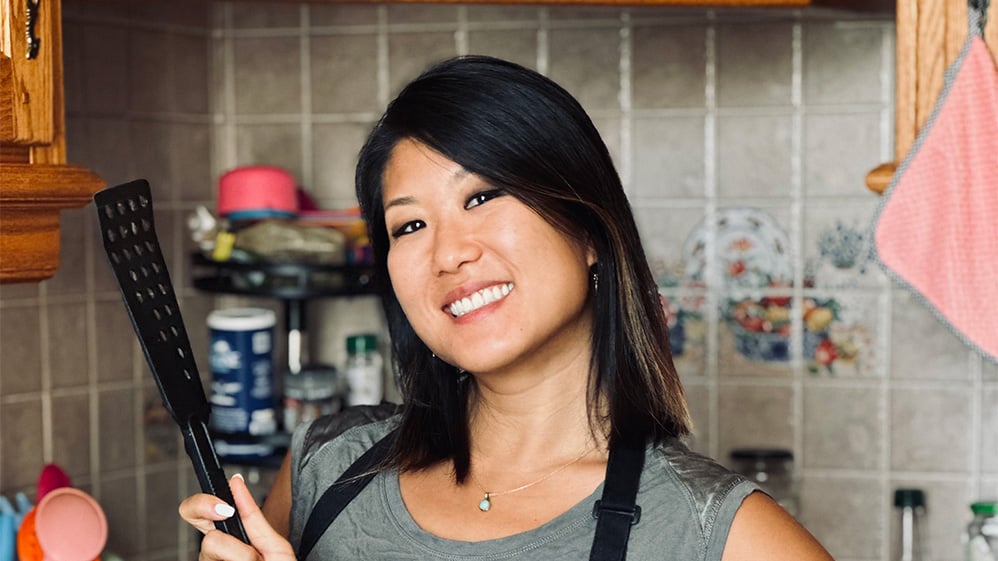What came to mind when you saw the words, “rainbow diet”? Colour? Food? Colourful platter of food?
It basically is that. A diet which believes in including different coloured foods in a meal. The colours are associated with micronutrients and minerals and so, consuming a meal with a variety of colours included will theoretically ensure the adequate consumption of nutrients for the day. It’s an easier way for people who do not have enough knowledge about nutrition to obtain their micronutrients and minerals for the day.
What Do the Colours in the Rainbow Diet Represent?

Yellow, Green, Orange, and Purple
The yellows, the greens, the oranges, the purples and even the whites offer a lot of nutritional benefits.
Nutritionally speaking, the yellows and the oranges offer a good amount of vitamin C for your immunity and wound healing. Foods of this colour are oranges, lemons, grapefruits, yellow peppers, carrots and more.
Green
Greens have always been the kings of the colour kingdom. They are great sources of vitamins A, B, C and K. Vitamin A is good for the eyes, while the B-vitamins help with energy metabolism. Vitamin C as mentioned in the previous paragraph provide you with immunity while vitamin K is essential for bone development. Greens are also alkalising, so if you have been consuming the typical acidic western diet, it’s a good idea for you to pick up on some green veggies.
White
Whites such as onions, cabbages and mushrooms, contain a good amount of flavonoids.
What about flavonoids?
They are important for preventing free-radical damage formation in your body and thus protect your body cells from damage. Not being able to control free-radical formation can lead to numerous negative health impacts, the most life-threatening one being, cancer.
Have you been eating right?
The basis of this rainbow diet is to make you consume a variety of fruits and veggies so you can obtain your daily recommended micronutrients and minerals. So, if you have been finding it difficult to determine whether you have been obtaining enough nutrients or not, just think if you’ve been consuming a variety of colourful foods!
For more information about diet food, and meal plans, reach out to our dieticians at Eatology.
References:
https://www.naturalbalancefoods.co.uk/community/dietary-needs/what-is-a-rainbow-diet-part-1/


